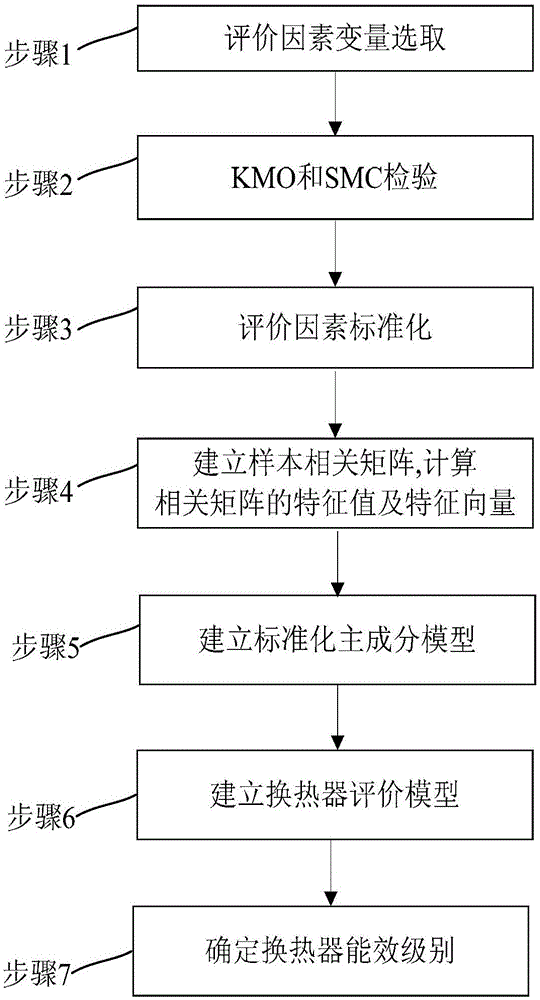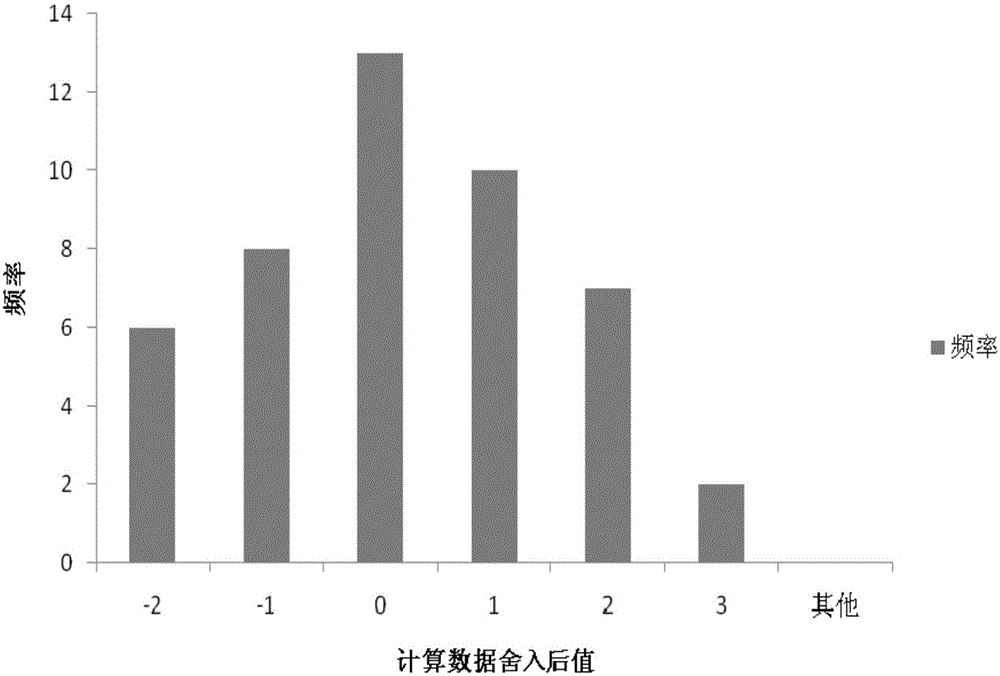Heat exchanger network energy efficiency evaluation method based on principal component analysis
A principal component analysis and evaluation method technology, applied in the field of heat exchanger network energy efficiency evaluation based on principal component analysis, can solve the problems of overlapping information, unable to fully reflect the energy efficiency of heat exchangers, single consideration factors, etc., to avoid blindness. Effect
- Summary
- Abstract
- Description
- Claims
- Application Information
AI Technical Summary
Problems solved by technology
Method used
Image
Examples
Embodiment Construction
[0039] The method for evaluating the energy efficiency of a heat exchanger network based on principal component analysis of the present invention will be described in detail below with reference to the embodiments and the accompanying drawings.
[0040] The heat exchanger network energy efficiency evaluation method based on principal component analysis of the present invention introduces the principal component analysis method, and by linearly transforming these evaluation factor variables, a very small number of new factor variables are obtained to reflect the vast majority provided by the original factor variables. partial information. The energy efficiency of the heat exchanger is evaluated by analyzing the new factor variables.
[0041] The heat exchanger network energy efficiency evaluation method based on principal component analysis of the present invention includes the establishment of a comprehensive evaluation model of heat exchangers by using principal component ana...
PUM
 Login to View More
Login to View More Abstract
Description
Claims
Application Information
 Login to View More
Login to View More - R&D
- Intellectual Property
- Life Sciences
- Materials
- Tech Scout
- Unparalleled Data Quality
- Higher Quality Content
- 60% Fewer Hallucinations
Browse by: Latest US Patents, China's latest patents, Technical Efficacy Thesaurus, Application Domain, Technology Topic, Popular Technical Reports.
© 2025 PatSnap. All rights reserved.Legal|Privacy policy|Modern Slavery Act Transparency Statement|Sitemap|About US| Contact US: help@patsnap.com



